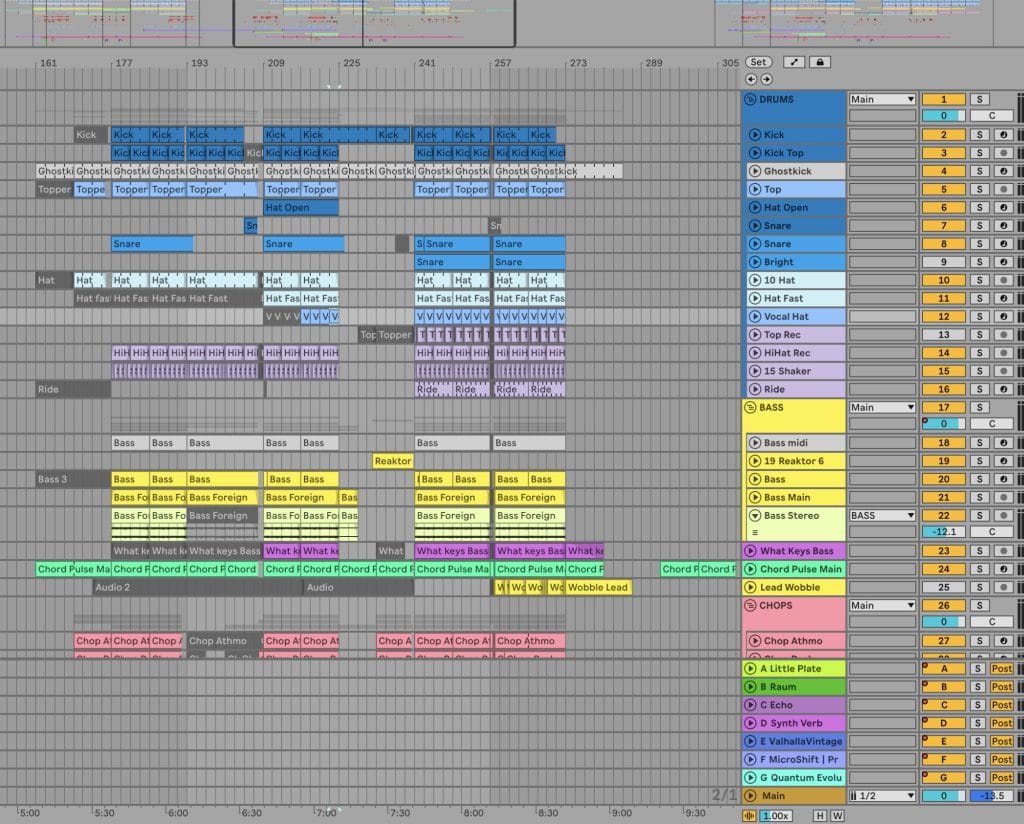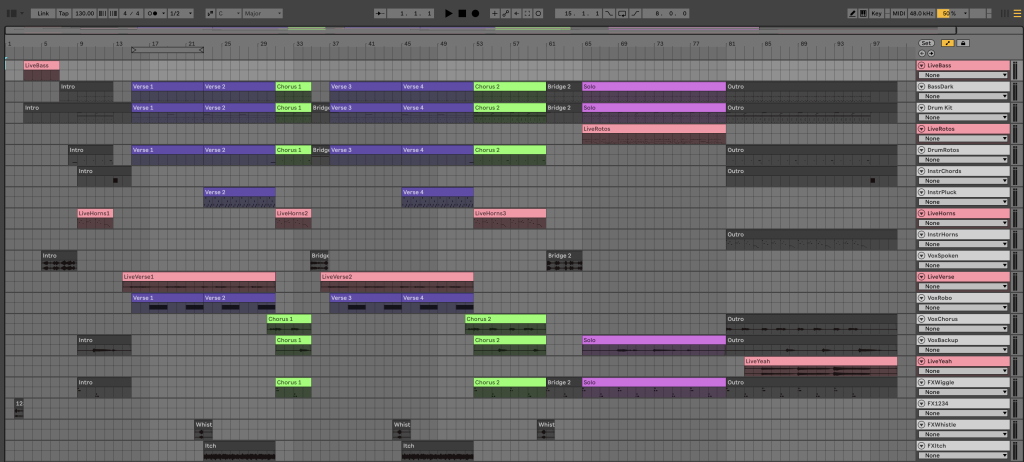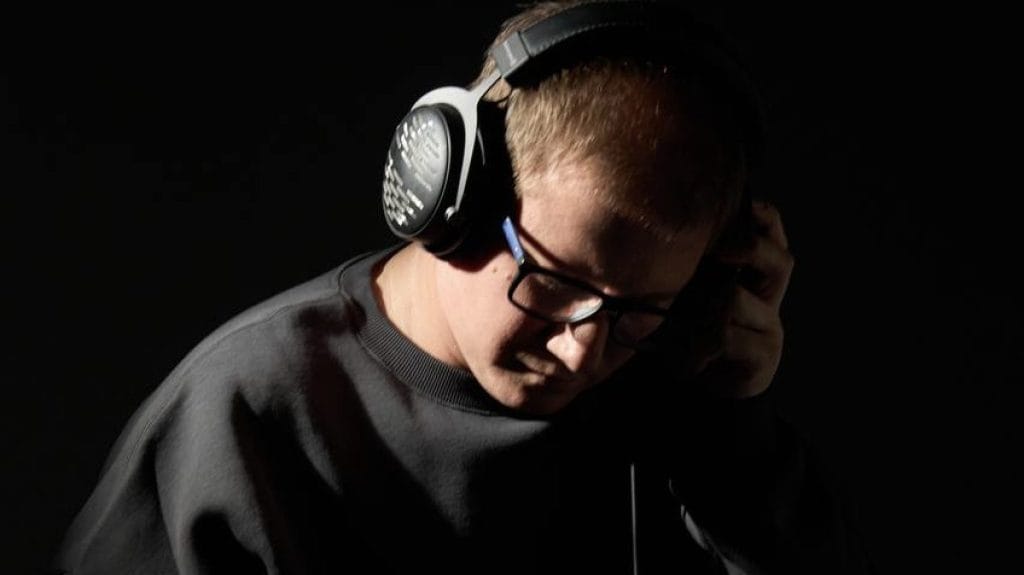A stunning, beautiful modular release with epic synth journeys…
Sometimes a release comes along that sounds familiar, yet entirely fresh at the same time.. The brand new ISOLA EP from Norwegian synth genius NML, just about ticks every single box we need ticking at Magnetic.. Modular, unique, synth heavy, emotive, powerful.. you name it. If you’re a fan of deeply analytical modular synths, the likes of Daniel Avery, Floating Points or Blawan.. This is undoubtedly one for you.
The EP is a journey at around 120bm, yet ebbing between different genres. There’s moments or serene and beautiful melodic and minimal house, as well as pounding, techno influenced moments. We spoke to the Norwegian artist about his production approach and how he creates such a stunningly beautiful project.
Main Plugin Or Synth
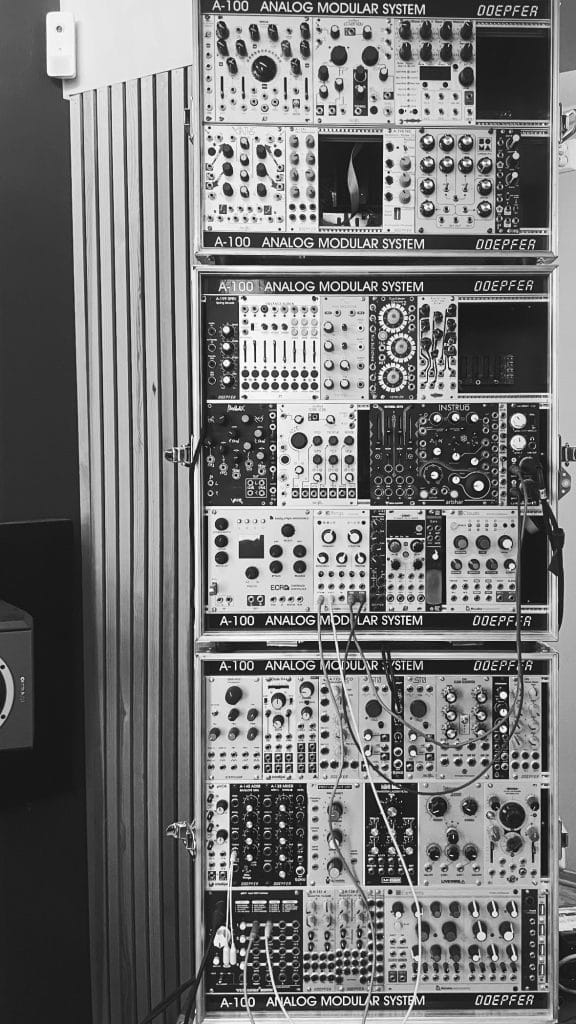
The main instrument for this record would without a doubt be my modular rig. Consisting of both mono and poly synthesis, effect processing and a lot of granular modules it is the absolute backbone of this record. Both for mono and poly synth parts and also for general processing of everything from percussion to ambients.
If i had to choose 5 modules in my setup that has been especially vital to the sound of this record it would be Mutable Instruments Elements, Mutable Instruments Clouds, Worng Electronics Parallax, Rabid Elephants Natural Gate and lastly Make Noise Erbeverb. Obviously there are vital elements to the sound that are more utilitarian.
What I truly love about working with modular rigs is that there are no shortcuts. No silly presets. And when you find something you find interesting you better make sure to capture it because you will never find the exact same sound again. I love the frustration and the errors and the moments where it all of the sudden inexplicitly is completely perfect and you scramble for dear life to get the material you need out of the moment.
I´ve had many fellow producers and musician in my studio having their first encounter with modulars and one thing I find very interesting is that everyone of them, given that they have some form of knowledge of synthesis and/ or processing, approach it very differently. It´s a very open process and it can be both creative and playful but also deeply analytical and deliberate.
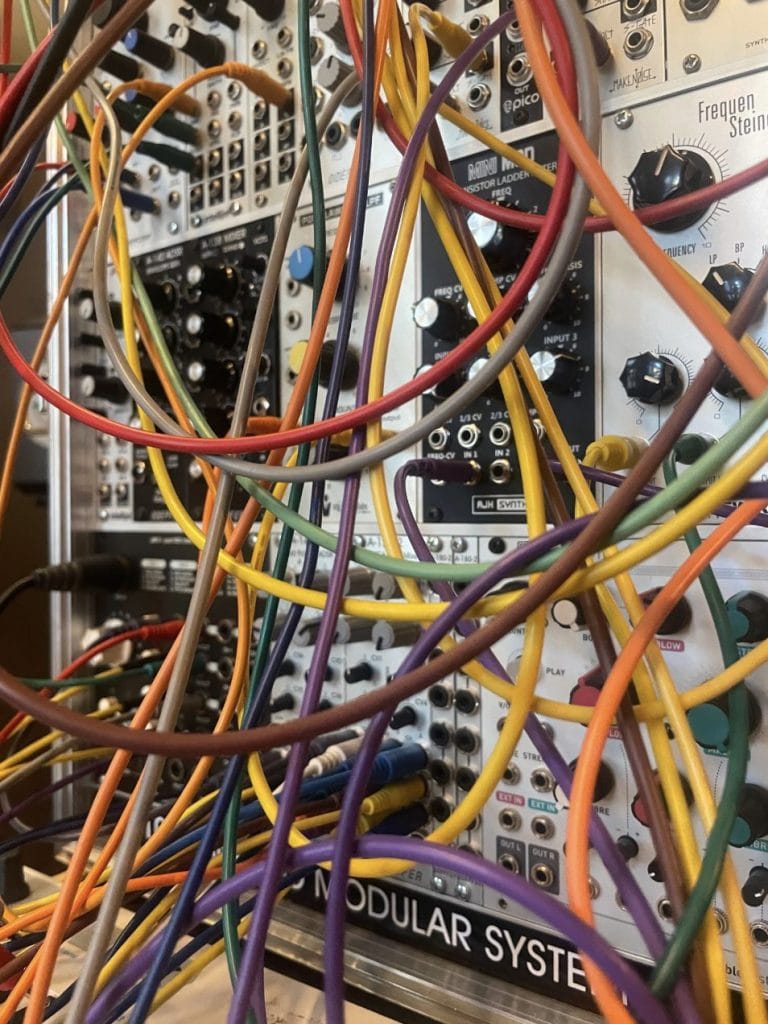
Main Plugin Or Synth
Secondarily on this record I’m torn between mentioning the stellar drummachines Soma Pulsar 23, Elektron Machinedrum and Jomox Xbase 09 – all a very important part of the record. Or if I should highlight the Elektron Octatrack.

I tend to use the octatrack very differently than most people I’ve seen use it. For one, and this is true for all of my machines, I never store anything. I like the sounds to be ephemeral. I sample acoustic sounds from my studio like one of my pianos, cellos, violins and voices and then mangle it through the octatrack. Sequencing vocals to be percussive elements, percussive elements to be melodic elements or strings to become dark and hyper compressed walls of texture. The intro for the track Revive is an example of this. A bunch of performed violin tracks layered with other sounds run through and sampled as chords in the Octatrack before being sent out to be modulated through the modular.
It´s a very fun and intuitive way to work as soon as you get past the absolutely insane learning curve of that thing. I think I had it for 2 years before I actually used it for a project. Absolutely devastating but eventually well worth it.
There are so many different key pieces of gear on this record since it is almost exclusively made on hardware. My workflow in the studio is based around being able to work quickly and intuitively. Everything in the room is always plugged in, miced up and ready to go. This allows me to have a very short route from idea to execution. Hidden in my tracks there will always be a bunch of acoustic elements too – for example my over 100 year old piano, my custom made una corda style piano and my violin.
Non-Synth Plugin (mixing plugin, creative plugin, etc) #1
There aren’t that many plugins in my workflow, to be honest. So listing them is a bit of a challenge.
But when I don’t process through the Tasty Chips ECR convolution reverb in the eurorack setup I love to get creative with different IRs using the simple but effective Convolution Reverb Pro in Ableton Live. There are a lot of sonically interesting things you can do with IR if you stop thinking about it purely as a reverb.

I love making strange patterns and tails modulating the position parameter and hiding it deep in the mix. Using IRs hardware and making own strange resonances for things like basses or percussion is also a very good source of unique sounds that is difficult for others to replicate. A quality I always try to strive for.
Non-Synth Plugin (mixing plugin, creative plugin, etc) #2
This might be predictable, but is suppose it is predictable for a reason – Soundtoys Decapitator.
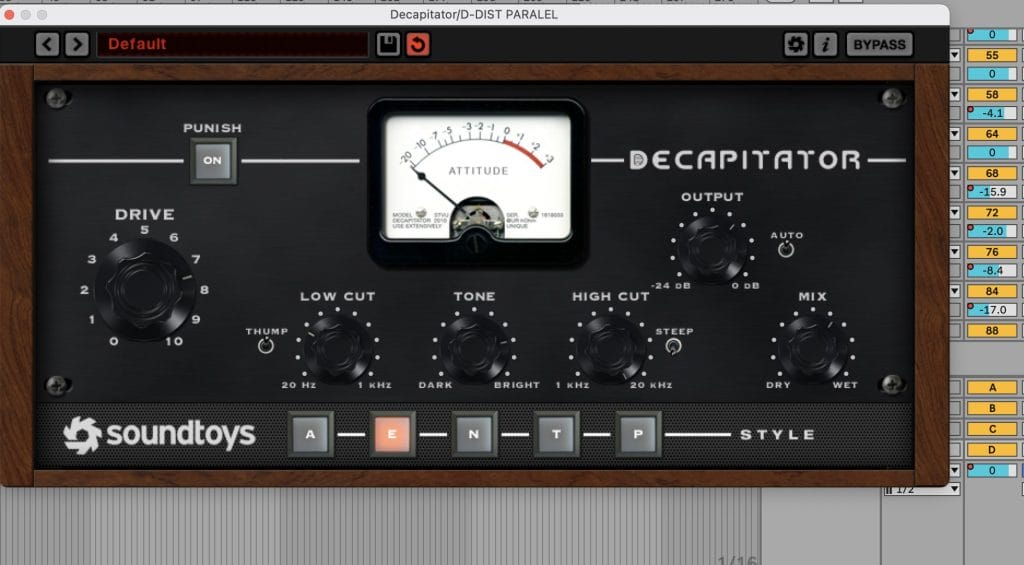
I wouldn’t be surprised if this would be a favorite for a lot of producers. Both for gentle saturation to give basses some more edge or for drastic distortion with a low mix on ambient sounds and everything in between. It just works. And saturation is sometimes practical to not print early in the process while starting a track unless you know that the character is perfect.
In general with saturation – wether it is analog or digital, hardware or in DAW – its fun to just stick it on there and see what it does with the energy of the sound. On single tracks, on groups and – quite fun – after reverbs on a send. Sometimes it can give you some more overtones to work with and sometimes it just gives that last little piece of aggression.
Tip #1: Two Sentences on how to make the genre of the track.
Stop using presets. The long route to having your own sound is learning how to make them.
Tip #2: Two Sentences on how to make the genre of the track.
Trust your instincts and accept making mistakes for a while if you’re new to this.
Shortcuts are never the way forward.
Tip #3: Two Sentences on how to make the genre of the track.
Follow your intuition and eventually learn to trust it.
If you think about what people will think as you are making music you’ve already lost.
Connect with NML: Spotify | Instagram
The post HOW IT’S MADE: NML Shares production tips for “ISOLA” EP release via TELLÈ RECORDS appeared first on Magnetic Magazine.



